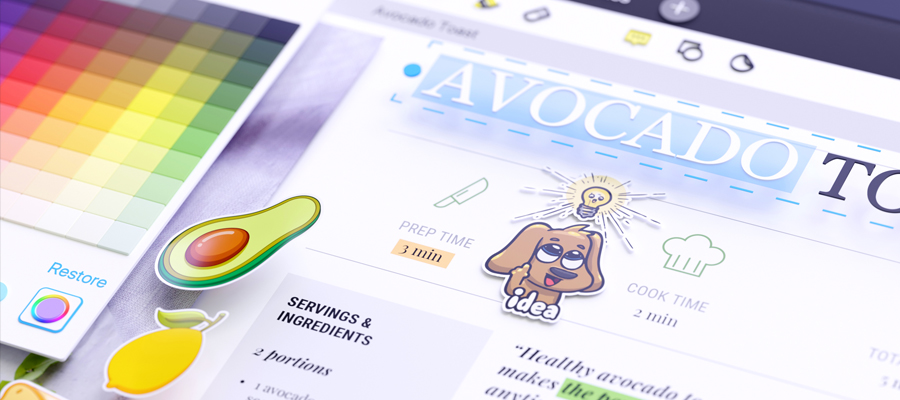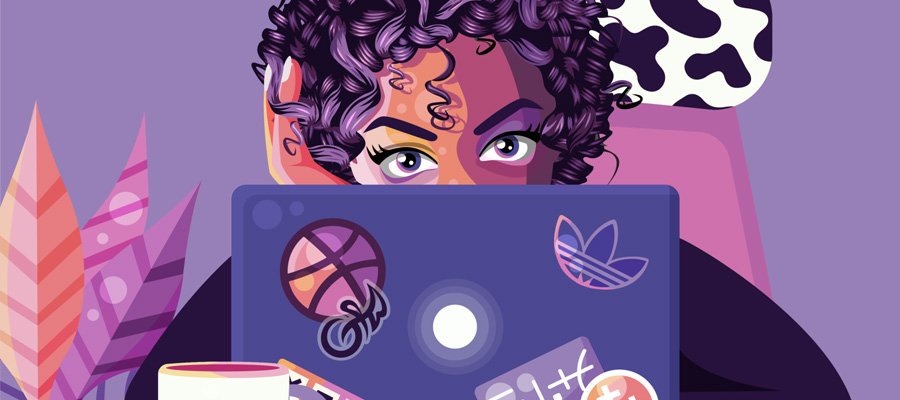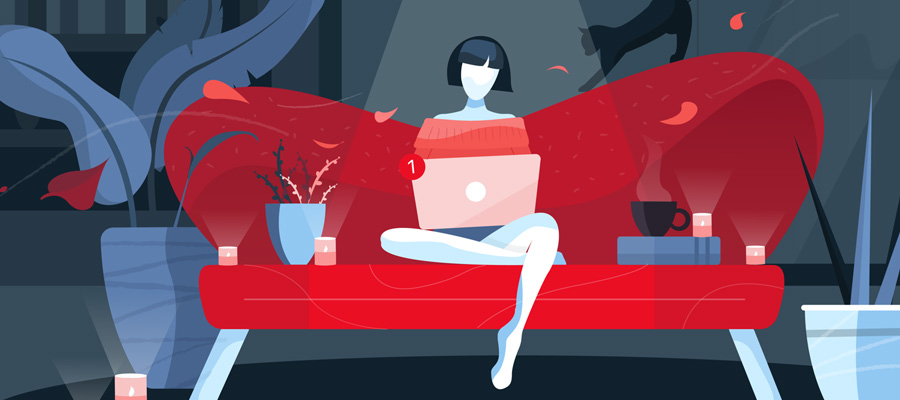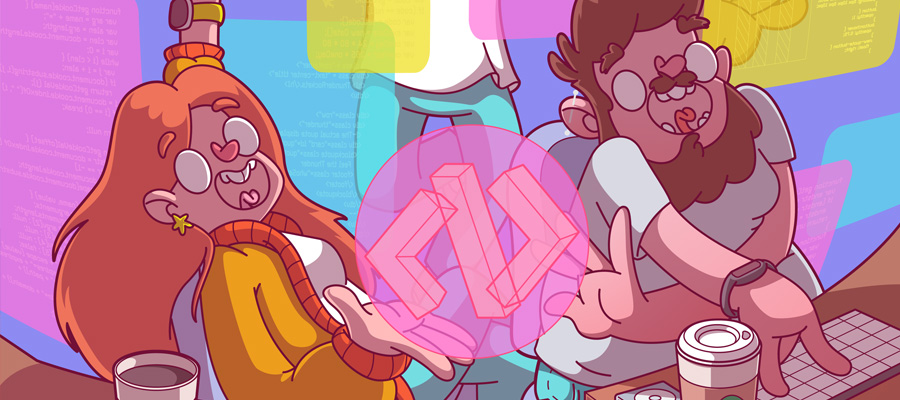Let’s face it: working as a freelance graphic designer can sometimes feel like juggling flaming torches while riding a unicycle—exciting, but also potentially disastrous if you aren’t careful. As you sharpen your creative skills, it’s easy to stumble into pitfalls that knock you off balance. This article will help you navigate common errors—from dealing with scope creep and client revisions to managing late payments—so you can stay in control, keep clients happy, and maintain your sanity.

Addressing Common Questions & Challenges
Before we dive into specific mistakes, let’s tackle some questions you might have typed into your search bar at 2 AM:
- “What to do when a freelance client won’t pay?”
Establish clear payment terms and use a solid invoice template before starting. If issues arise, send polite reminders, clarify due dates, and consider implementing late fees. If all else fails, a legal-friendly contract template can give you leverage to recoup your earnings. - “How to stop clients from asking for too many revisions?”
Limit revision cycles in your agreement and emphasize the importance of initial clarity. By setting a defined project scope and using a detailed project estimate, you’ll prevent endless tweaks. Politely remind clients of the agreed-upon limits if they push the boundaries. - “Why do clients keep pushing deadlines?”
Deadline pressure often arises when expectations aren’t set upfront. During client onboarding, clearly communicate timelines, milestones, and consequences for delays. A transparent roadmap makes clients think twice about last-minute requests. - “How to say no to cheap freelance design requests?”
Develop a pricing guide and practice solid pricing strategies. This ensures you aren’t forced into cheap clients who undervalue your work. Politely decline low-ball offers or suggest alternatives that match their budget and your worth. - “Dealing with a difficult graphic design client?”
Put clear processes in place. Emphasize proper client negotiation, use firm but friendly communication, and be ready to walk away if necessary. Protecting your peace is just as important as polishing your design portfolio. - “How much should I charge for logo design as a freelancer?”
Research industry benchmarks and use a pricing guide to set competitive rates. Factor in your experience, the project’s complexity, and the client’s needs. Don’t forget to consider freelance taxes and other overhead costs so you’re not stuck working for peanuts. - “How can I avoid getting underpaid for my design work?”
With clear contracts, proper payment terms, and a detailed project scope, you ensure everyone’s on the same page from the start. Also, highlight your unique value—whether that’s adherence to brand guidelines, a stand-out portfolio showcase, or consistent branding principles.
Using the Wrong File Format
One classic blunder is saving your work in the incorrect format. If you need print-ready files, think CMYK at 300dpi. For web projects, stick to RGB. This simple adjustment keeps your clients’ final products crisp and professional, and you’ll avoid any awkward “Um, can you resend?” moments. When you understand these technical nuances, you’ll flow through the creative process more smoothly, making time management a breeze.

Focus on details like font integrity and proper color profiles. The right approach ensures that when your client hits “print” or uploads your images, they get exactly what they envisioned, boosting your client retention and reputation.
Refusing to Get a Second Opinion
You might think your work is Mona Lisa-level stunning, but your eyes can deceive you. A trusted friend, colleague, or business partner can point out flaws you’ve grown blind to—like odd spacing or a strange hue. Gaining an outside perspective helps prevent unnecessary client disputes and strengthens your final product.

This small step can save you from extra rounds of revision cycles and ensure your clients see you as a detail-oriented pro instead of someone who rushes their craft.
Rationalizing Plagiarism for Designs
Plagiarism isn’t just for essays—it applies to visuals, too. Don’t swipe another designer’s concept and call it your own. Originality anchors your reputation in the marketplace. Stick to your own design inspiration and keep refreshing your work with skills upgrades or new courses. Authenticity will help your brand identity stand out, attracting clients who value your unique touch.
Selecting Popular Stock Images
Popular stock images are like that trendy restaurant everyone posts about—overexposed and unoriginal. Your clients crave uniqueness, so sift through the lesser-known corners of stock libraries to find something fresh. Networking with other designers leads you to niche sources for royalty-free images that fit snugly into your client’s brand guidelines. Over time, this curated approach enhances your portfolio showcase, impressing future clients.


Overlooking the Need for Bleed
Forgetting bleed marks is like baking a cake and slicing off the edges at the end—something crucial might vanish. Set proper bleed right from the start. This way, when the time comes to print and trim, you’ll hit those marks perfectly. Handling such technical details early on saves you from last-minute panic and meets the printer’s specs without drama.

Business and Process Mistakes
Being a freelance graphic designer means you’re also a business owner. Clearly define your contract template, payment terms, and invoice template. Safeguard yourself against payment disputes by making expectations crystal clear. Need a better clientele pool? Launch a focused client outreach campaign that aligns with your branding principles and weed out cheap clients.
When you know how to handle freelance taxes, keep tabs on project estimates, and manage your time management effectively, you’ll have more breathing room for the fun stuff—like exploring fresh design inspiration, refining design proposals, and achieving a consistent brand identity that sets you apart.
The Bottom Line: Do Your Best!
Mistakes happen. No amount of planning will turn your studio into a utopia, but avoiding these common missteps will help you shine. Whether it’s preventing scope creep, refining your pricing strategies, or navigating tricky client negotiations, every improvement adds up. Over time, you’ll craft a business and creative flow that impresses clients, boosts client retention, and preserves your well-being.

Embrace the journey with a sense of humor and a willingness to learn. By taking these steps and proactively dodging the big pitfalls, you’ll build a thriving freelance career that not only pays the bills but keeps you excited to wake up and design another day.




















